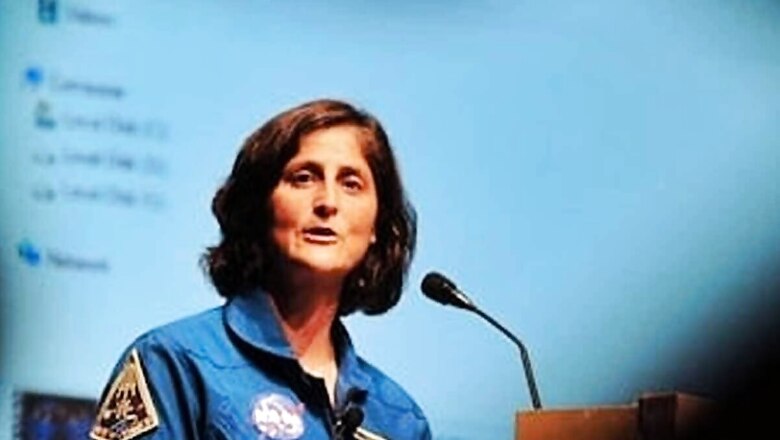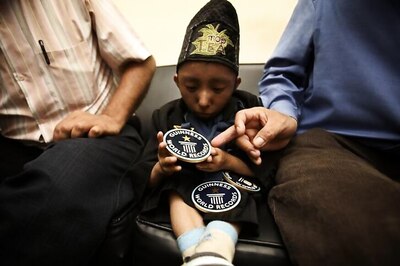
views
Butch Wilmore and Sunita Williams, who were supposed to spend just eight days in space, have now been stuck there for over two months. Their extended stay started after the Starliner flight by Boeing developed unexpected issues. In the beginning, a small helium leak looked manageable but the situation worsened after more leaks appeared, on top of five failed thrusters.
The thrusters play a critical role in propelling the spacecraft.
While this extra time in space opens up more opportunities for scientific research, it also comes with serious health concerns for both astronauts. According to reports, Williams and Wilmore could face several health issues due to extended stay following the failure of Boeing’s Starliner. The NASA astronauts may face health issues like increased radiation exposure, zero gravity effects on their bodies and mental health challenges from isolation.
Space is a challenging environment and radiation is one of the biggest threats. While moving at 400 km above Earth on the ISS, astronauts are exposed to higher levels of radiation due to the lack of Earth’s protective atmosphere. Although NASA closely monitors radiation levels, the extended time is now raising concerns. Reports suggest that astronauts may be exposed to between 50-20,000 milli-sieverts (mSv) of radiation equivalent to three chest X-rays. This means that Williams and Wilmore might experience radiation equal to 150 to 6,000 chest X-rays during their mission.
Another concern for astronauts is the loss of bone density. On Earth, gravity keeps our bones and muscles in shape. In space, the lack of gravity means this natural exercise is absent. Over time, astronauts can lose up to 1.5% of their bone density each month. This could increase the risk of fracture and impacts physical performance and overall fitness. Besides bone loss, astronauts might also experience changes in speech, motor control and senses like smell, taste and balance.
Longer space missions can also be mentally challenging for astronauts. The feeling of isolation, trapped in narrow spaces and being far from Earth can lead to stress. Anxiety and depression could also affect the mental health of the astronauts. The situation is further complicated by the malfunction in aircraft, like leaking helium and faulty thrusters. Despite being experienced astronauts, Butch Wilmore and Sunita Williams may still find these tough conditions mentally exhausting.
Meanwhile, NASA has been evaluating several plans to rescue the astronauts if Boeing cannot fix the Starliner issues. The space agency can rely on the Dragon spacecraft from SpaceX for a rescue. On the other hand, NASA could also ask for help from the Russian space agency, Roscosmos.




















Comments
0 comment